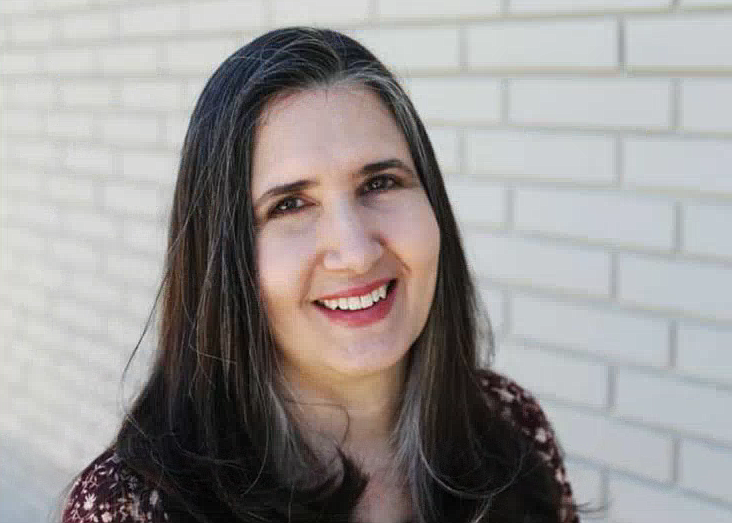Campaigning with fear
SHOLEH PATRICK | Coeur d'Alene Press | UPDATED 1 year AGO
It’s election season. Are you excited, or afraid?
With a lot more at stake than a president, legislative races, (state) constitutional amendments and important civil rights issues on state ballots mean voters have a lot to think about this year. In today’s political climate, emotions run high and opinions burn stronger.
In such an environment the more aware voters are of influences on opinion, the better. Last week’s column glimpsed intriguing research suggesting biological differences in the brains of conservatives and liberals. Today, a look at a fascinating study of the use and effects of fear in political campaigns.
Not long ago, the phrase “negative campaigning” was all the rage. Most voters surveyed said they didn’t like candidates whose campaigns focused on attacks and finger-pointing, rather than focusing on their own strengths and qualifications.
So we said. But our votes responded enough to negativity that the practice still thrives, although the style is shifting.
Now, the attacks are not just aimed at opponents, but at large swaths of thought and entire perspectives. Today, the style difference seems more about fear (of a horrible, far-reaching consequence without your vote), or what researchers call enthusiasm (for the greater good that will happen with it).
Historically, most research on voter reactions to campaigning has focused on the voter more than the campaign, in a sense ignoring the supply side of the equation. That’s changing.
It seems fear tactics correlate with political advantage as well as less moderate views. And that’s something informed voters need to understand.
That’s what a study recently published online by the National Institutes of Health (originally posted June 2021 by the academic Journal of Political Marketing) found.
“The Wrath of Candidates: Drivers of Fear and Enthusiasm Appeals in Election Campaigns across the Globe” (Nai, Maier 2021) builds on earlier campaign research between 2000 and 2017 by using a larger scale approach. German and Dutch university researchers compared massive data from 636 candidates in 101 countries (including the U.S. and the world’s major players), competing in 133 presidential and legislative elections for more than 2 billion voters from 2016 to 2020. They relied on a broad set of judgments from more than 2,000 experts who evaluated campaigns.
First, a practical note. Candidates can’t get to know every voter, nor do they have adequate platforms or time to explain how they’d handle all the nuanced complexities involved in the offices they seek. So they use techniques appealing to emotions in their campaign strategies to gain voter support. That much isn’t new or unusual.
Campaign slogans and speeches tug at our heartstrings, fears and worries, or a sense of patriotism attempting to engage voter emotions and excitement. The researchers asked, under what conditions are modern candidates more likely to mobilize crowds and garner support with enthusiasm and positive messages, and when are they more likely to use anxiety and fear triggers?
It whittled down to three basic results:
1. Candidates with a comparative advantage (incumbents and frontrunners) tended more to rely on “enthusiasm appeals.”
2. More extreme candidates preferred fear messages in campaigning.
3. The more competitive a race, the more fear was used in campaign appeals.
Conversely, the data would suggest that a candidate relying on fear is more likely to be either at a campaign disadvantage or an extremist, and the candidate relying on enthusiasm is less likely to be extreme or has a campaign advantage (incumbency or frontrunner).
No study of human behavior is without limitations as no human is without bias or imperfection. The study authors point out that the 2,000 experts who evaluated the hundreds of campaigns undoubtedly had their own biases about what did or did not constitute “enthusiasm” or “fear,” etc.
On the other hand, such a large source group in several different countries here and abroad is highly likely to represent a diversified set of biases, if biases there be.
More research is certainly needed, with more factors evaluated than simple fear or enthusiasm. Still, like other political research, this study offers interesting food for thought. It’s also an opportunity for awareness of what motivates us at the voting booth and in this case, what motivated the candidates whose messages govern our choices.
To read the full report, see www.ncbi.nlm.nih.gov/pmc/articles/PMC10840446.
• • •
Sholeh Patrick, J.D. is a columnist for the Hagadone News Network. Email sholeh@cdapress.com.

